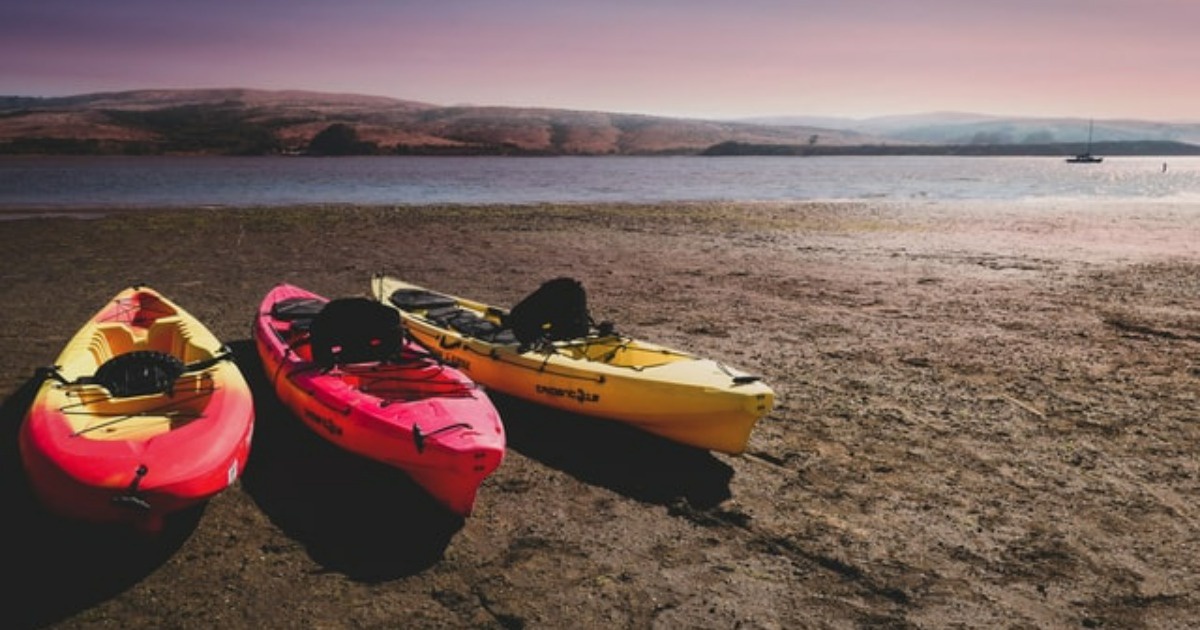There are a few factors to consider while buying an inflatable paddle board. These include size, weight, material, design, and warranty.
Inflatable boards are a great alternative to solid paddleboards, as they're much lighter, easier to transport, and more durable. They're also much less painful to fall on, which makes them a safer choice for families.
Size
Choosing the right size of an inflatable paddle board is important for a number of reasons. It affects the weight capacity, how stiff the board feels and how much storage space it provides.
Longer boards are typically better for fishing and longer paddling expeditions. They're also more stable and can carry more weight than shorter boards.
If you're looking for a general purpose SUP, the most popular sizes are 10-11 feet long and between 32 and 34 inches wide. These sizes are suitable for a variety of activities, including yoga and racing.
Weight
The weight of an inflatable paddle board varies depending on the brand and model. The most compact models fit into a carry-on size pack, while others are so large that they require a roller bag to transport.
This is an important consideration for travelers, paddlers who plan to tote their boards long distances before putting them in the water, and those who have limited storage space in their vehicle. As a general rule, the heavier the paddle board, the harder it is to carry and maneuver.
For the average person, a board with a volume between 160 and 380 liters is a good choice. If a board can’t support your weight (or the combined weight of you and your gear), it will ride too low in the water, feel unstable and have greater “drag.”
Materials
Whether you’re looking for an inflatable or rigid paddle board, the material you choose will affect the overall performance of your board. Hard paddle boards are typically made from composite materials such as fiberglass, while inflatable SUPs use tough PVC plastic.
Inflatable boards are generally made from a combination of PVC and drop-stitch fabric, which is surrounded by an airtight coating. This helps to protect the internal core of the board from punctures.
There’s a lot of buzz about different terms like “military grade”, “drop stitch” and “fusion laminated” when it comes to paddle board construction. However, there’s no clear definition of what these terms mean and they can be misleading.
Design
Whether you’re looking to get into paddleboarding or you’re an experienced rider, there are a lot of factors to consider while buying an inflatable paddle board. One of the most important is its design, especially when it comes to the materials used to make it.
Most inflatable boards start with an inner inflatable core - or bladder - that’s made using drop stitch fabric (which is the same technology used to create air-tight balloons). The fabric consists of two parallel sheets connected by thousands of 5-inch or 6-inch length threads.
These threads confine the movement of the top and bottom fabric sheets - which helps maintain a rigid shape once the bladder is inflated. This makes the board less prone to flexing when you’re paddling. Some manufacturers also add a layer of double-lined PVC to their construction. This is a more expensive approach, but it does offer some benefits for riders who are concerned about their boards’ strength and durability.
Warranty
A warranty is a promise from a seller or manufacturer to the buyer that a product will perform as intended. This ensures confidence in a purchase, fosters good customer relationships, promotes the seller’s brand and helps improve sales.
Warranties also provide for the replacement of defective products, a very important service to buyers. They can also provide support services, such as troubleshooting and repair of issues that might arise.
Warranties are often very clear and easy to understand, but it is a good idea to read them carefully before making a purchase. The warranty will usually include information on how to file a claim if you feel you have a claim.


No comments yet